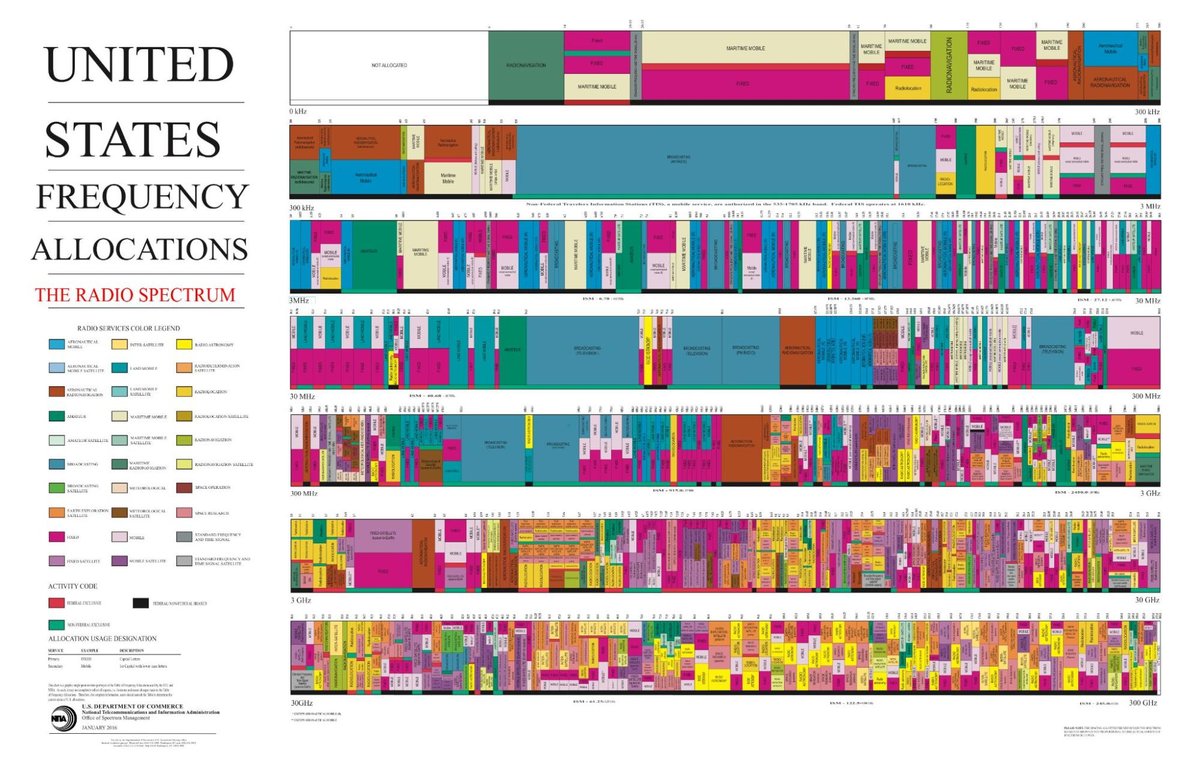





Emma Camell speaks on RF wireless technology, an audio technology that allows fans to feel closer to their favorite sports stars, for better or worse.
The lives of professional athletes are more open than ever in the era of social media. This exposure can lead to greater fame beyond the sports audience. Cristiano Ronaldo is in fact the most followed individual on Instagram, above any movie star or Kardashian. While the average fan can’t relate to the feeling of dunking like Lebron or swinging like Serena, they can most likely relate to common human reactions of frustration, disappointment, or excitement. This relatability can prompt greater connection and interest in these athletes.
The desire to know more about the person behind the uniform is nothing new, but the way that information is shared has changed over time; one common format literally amplifies the athlete’s voice. Players’ mid-game conversations are recorded through hidden wireless mics, edited afterwards, and packaged into an entertaining piece of media. For example, let’s look at a transcription of a video posted on the SportsCenter Facebook page on December 10, 2019, titled “Philip Rivers really talking that talk (laughing emoji).” While conventional boom and spot mics are placed throughout stadiums too, only a wireless mic pack safely tucked into Yannick Ngakoue’s shoulder pad, could have captured this brief, delightful exchange, and that is exactly its purpose.
Two football players on opposite teams collide with a thud, the crowd cheers. Ngakoue (#91) gives a hand to help Rivers (#17) up afterwards. A referee jogs by.
Rivers: “He’s going for it! 90 yard touchdown! 90!! Yard!! TOUCHDOOWWNN!!” his voice cracking, as he walks alongside Ngakoue and the referee.
Referee: “Alright, get the f*ck out of here,” pushing Rivers away with playful annoyance.
Ngakoue: “Hey 17! You see how he’s talking sh*t right?” turning to the referee. The referee smiles as they jog forward to Rivers.
Ngakoue: “Stay humble bro” to Rivers.
Rivers: “But you know me!”
Ngakoue: “Stay humble, stay humble bro.”
Rivers: “I can say what I want!”
Ngakoue: “Yeah, but don’t do that by my ear though, don’t do that by my ear” turning back to Rivers.
Rivers: “I will do it by your ear, I WILL do it by your ear,” stepping close to Ngakoue.
Referee: “No no no no no…” stepping in-between the players.
Ngakoue: “Hey one seven…”
Rivers: “That’s what I do, that’s what I do,” jogging away from Ngakoue.
Ngakoue: “I’ll holla at you after the game!!!,” shouting to get the last word in.
…and scene!

That dialogue comes from a longer “Mic’d Up” (presented by Dunkin’) video posted to the Jacksonville Jaguar’s Instagram. The video features sideline convos, team huddle chants, and lots of adrenaline-fueled shouts (but of course, at a safe distance from other player’s ears). Endearingly, it ends with a friendly apology from Rivers after the game is over. Overall the video has a comedic tone, with quick edits of arbitrary dialogue, but the dispute between Rivers and Ngakoue creates a bit of tension, ending in graceful resolution. Besides the points, the plays and the injuries, this video tells a more intimate story of the game.
By putting a mic on a few players each game, the Mic’d Up production teams have a greater chance of capturing usable footage. Ngakoue, who carried the wireless mic, is heard most clearly in this clip. Rivers’ and the referee’s voices were filtered by the cushioning surrounding the mic. Whoever is wearing a mic has a dedicated camera following them, so there’s always video to match the sound. So why was Ngakoue chosen to be mic’d up? There could be many reasons, from field position to personality. Often, it's the players that talk the most trash, either to other players, referees, or during the post-game press conference. Whatever the reason, it must be enough to create a story. The better the story, the more attached fans become to the players, to the team, to the national franchise, and to the sponsors (like Dunkin’). Wireless mics allow viewers to be entertained on a simple level of human interest: fans want to know what those players said to each other.
“Mic’d Up” videos are released occasionally in the regular NFL season, and later more frequently to promote the playoffs and championship games. Some compilation videos are over 30 minutes, made up mostly of soundbites lasting just a few seconds. The “Mic’d Up” concept has been used in other professional sports, like the NBA and MLB, since the ‘90s. Wireless mics are also used in horse racing, auto racing, hockey, soccer, and golf, though not always actually placed on an athlete.
(This wireless mic technology also was recently highlighted for its use in the Rockettes show.)
So how is it really possible that we can hear what’s going on in the middle of the field? Instead of sending the sound signal through a physical cord, wireless mics harness invisible high-frequency waves all around us. There are two components: the portable transmitter, connected to a small microphone, and the receiver, which takes the signal from the mic and connects it to the larger sound system, where all the wires sit peacefully. The captured audio is turned from a sound wave into a radio wave, and as long as there’s no other audio signal also being sent on that exact frequency nearby, it will arrive safely to the sound system. This conversion is also how radio, television, and walkie-talkies work, using invisible waves all around us.
Keeping wireless signals strong and uninterrupted is an impressive achievement since anything from walls to cell phone signals can block them. Comprehensive signal routing programs, like ones by the company Q5X, are essential to keep audio engineers sane. Q5X mics are used in many sports organizations including the NBA, WNBA, MLB, NFL and the NHL. The mics are prepared hours ahead of the game and sewn into the player’s jersey or equipment and the transmitter is encased in rubber to reduce impact to the player should they fall on them. It’s imperative that the attempt to create Mic’d Up content doesn’t hinder actual gameplay.
Once the content is recorded, it must be edited in remarkably quick turnaround time. Editing is important, as charged emotions often lead to profanity. The NFL is more strict about rights to audio than other sports leagues, but every recording is first listened to by a league representative, according to Q5X audio engineers. For an event such as the Superbowl, up to ten mics may be deployed between the two teams.

Viewership for February’s Super Bowl LVI exceeded 100 million, but a forty-minute video compilation of “Mic’d Up Super Bowl LVI,” released three days after the game, has over 3.5 million views on YouTube. There are humorous moments, like several players asking each other why The Rock was introducing the game: “What’s he doing?,” or when the Bengals’ Joe Burrow informed his two teammates of a new zit on his lip: “Day of the Super Bowl, unbelievable.” As the Rams’ head coach was ceremonially dunked with Gatorade, you could hear the liquid swirling around the mic. One touching moment captured the Rams’ Van Jefferson learning his wife was in labor, and then turning around to tell his two kids. With the end of a season, fans want a satisfying ending to the story. Wireless mics pick up the candid moments within the game, creating a more fulfilling and intimate tale.
In a way by wearing a mic, these athletes also become content creators, like TikTok and YouTube influencers. Compared to press conferences, formal interviews, and game promos, which often depict athletes as strong and determined, Mic’d Up videos attempt to catch the athlete off guard and make them relatable. By putting an audio spotlight on certain players, the sports media can feed the desire for more content to be shared on social media, viewed on YouTube, discussed on ESPN, etc. This spotlight also has the potential to turn players into even bigger celebrities, known for not only athletic ability, but their unique personality. However, Mic’d Up videos are not candid, they’re highly edited. Is the content worth the trouble?
Playing on a professional team obviously brings fame and name recognition, but having a greater internet presence can lead to unwanted attention, and even stalking. Anything that is posted on social media is added to the internet’s permanent record. Similarly, when a player agrees to wear a mic, anything that is recorded can be used at the discretion of the organization. The difference is in the purpose of the content. Mic’d Up content on its own, compared to a personal Instagram account, doesn’t open an opportunity for invasions of privacy. It’s used strictly as a promotional tool for the industry, rather than a venue for personal expression. The videos successfully create that feeling of camaraderie, the parasocial relationship that accompanies fandom, but only when the athletes are on the playing field.
Now that wireless mics are utilized widely, the audio details they provide have become an important part of the sports media universe; some believe an increase is the next step in sports broadcasting. Humans thrive on stories, and the most successful pro sports media makes us feel that these stories are in fact a part of our own lives. In the age of instant connection and short attention spans, Mic’d Up content fits right in.





